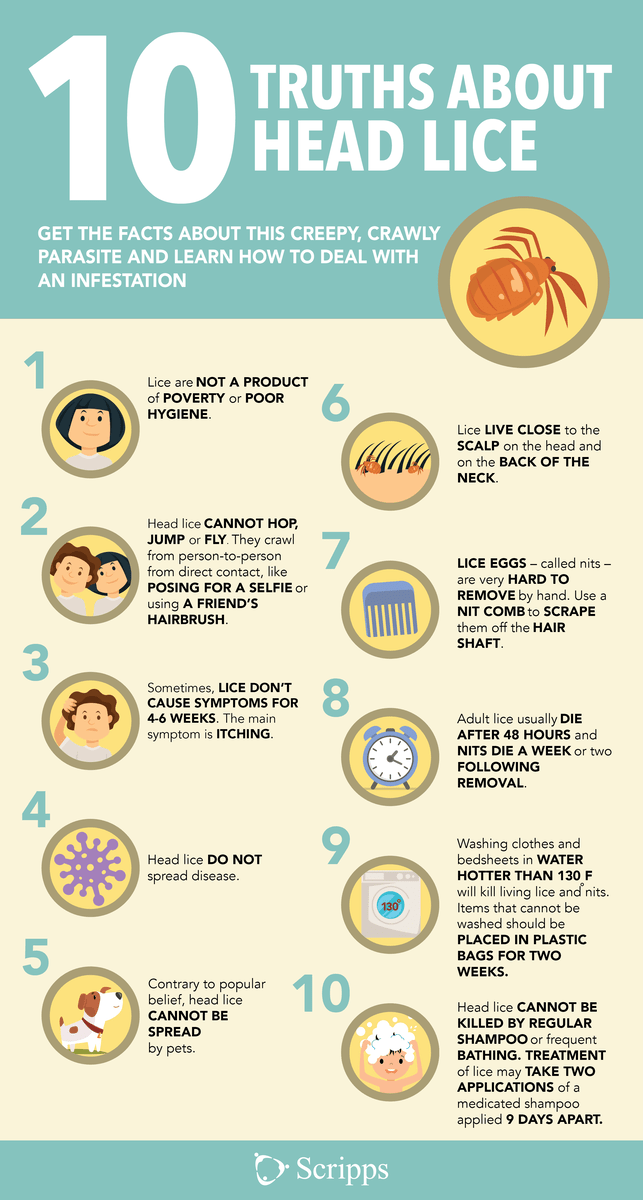Assistant Principal News
Looking after ourselves

Assistant Principal News
Looking after ourselves
August 18, CEPS will join the national campaign responding to taking a stand against bullying and violence. Students should wear blue and/or orange on this date.
For families
Parents and carers have a key role in preventing and responding to bullying.
Learn what bullying is and what it is not. Understanding the definition of bullying is the first step in talking about how to prevent and respond to bullying with your child. 'Bullying' is a word that is used for behaviours that are not actually bullying. These other behaviours can be just as serious but may require different responses.
Bullying is...
an ongoing and deliberate misuse of power in relationships through repeated verbal, physical and/or social behaviour that intends to cause physical, social and/or psychological harm. It can involve an individual or a group misusing their power, or perceived power, over one or more persons who feel unable to stop it from happening. Bullying can happen in person or online, via various digital platforms and devices and it can be obvious (overt) or hidden (covert). Bullying behaviour is repeated, or has the potential to be repeated, over time (for example, through sharing of digital records). Bullying of any form or for any reason can have immediate, medium and long-term effects on those involved, including bystanders. Single incidents and conflict or fights between equals, whether in person or online, are not defined as bullying.
School responses to reports of bullyings can be much more effective when parents and carers report bullying and support school staff efforts to respond to it.
If your child reports that bullying is occurring at school, or the bullying is occurring outside school hours and involves students from the school, you should let the school know about the situation.
Working together with the school is the best way to help your child resolve bullying issues.
School will work with you to resolve the situation and will also work with the other student's parents. Due to privacy laws, we are not able to share information about any other students involved.
The following clip provides more detailed information for parents:
A reputable site to gain further understanding and suitable for children to access is Kids helpline:
https://kidshelpline.com.au/teens/issues/bullying
From time to time we do have outbreaks of the most annoying creatures - head lice. Head lice, or pediculus humanus capitis, feed on human blood and can live on a person’s scalp for up to thirty days.
Adult lice have six legs, are about the size of a sesame seed, and can range in color from tan to a grayish white. They do not jump or fly, but are spread by direct contact, such as head-to-head contact. Lice can also be spread by wearing clothes worn by an infested person; using combs, brushes, or towels recently used by someone with lice; or laying on an infected person’s bed, pillow, or couch.
In addition to that annoying itching sensation on your head, symptoms of having head lice include difficulty sleeping since head lice are most active in the dark. So, it is true that lice are not nice, but there is no need to panic.
Once a student has been treated for head lice, the child is able to return to school. there is no exclusion period - just a stipulation that treatment has taken place.
We currently have an ongoing head lice issue in Grade 3/4 and we ask parents to be diligent in treating their child's hair when advised to do so.


Leisel Ward
Assistant Principal